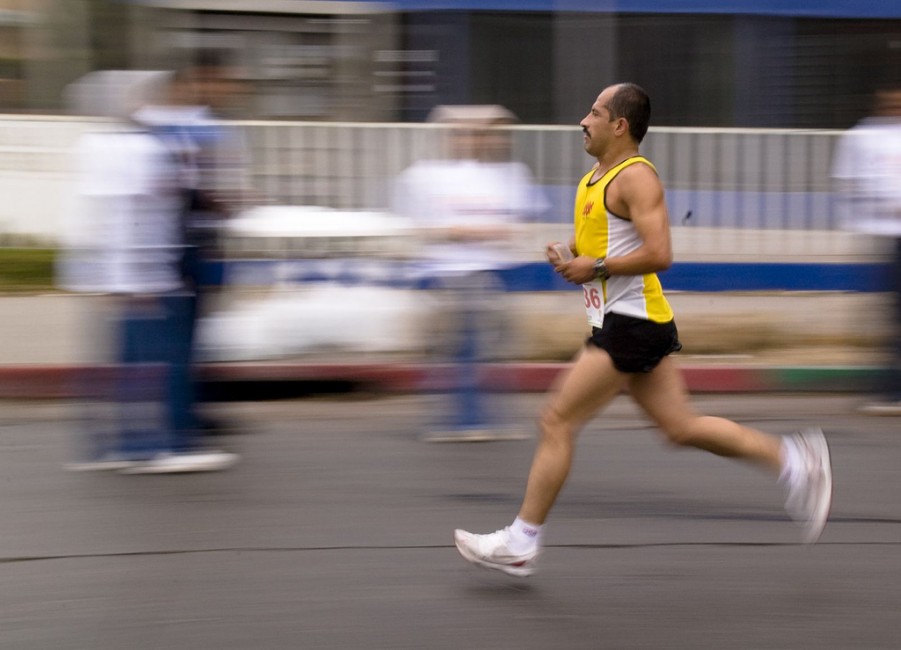
From smart bodysuits for space explorers, to ski goggles that track your speed and calories, to sleek jewellery that charges your smartphone, wearable technology is advancing so quickly that what used to be the stuff of sci-fi are now quickly becoming staples in everyday life.
Flexible Electronics and Energy Lab, led by electrical engineering professor Peyman Servati is the main research centre at UBC for the development of wearable technology. According to Servati, the wearables market is exploding with growth, projected to grow from $20 billion worldwide in 2015 to $70 billion by 2025. In this Q&A, he talks about the technological challenges that must be overcome for the market to grow to its full potential.
What are wearables?
Wearables help better integrate our computers with our everyday lives. Examples of wearable devices include fitness monitors such as Fitbit and Apple Watch. Here in Canada, you’ve probably also heard of Vancouver-based Recon Instruments’ ski goggles that provide pace, cadence and calorie readouts as you ski. There are also biometrics-tracking textiles and shirts, which use embedded sensors to measure your heart rate, sweat, and other physiological responses. Some new wearables even have built-in solar and battery films to power the embedded electronics.
So wearables get lots of love from athletes and coaches, but how can the average person use them?
The biggest potential application of wearables is in healthcare. A patient with chronic health issues could put on a shirt to track and report his vital signs such as pulse rate, blood pressure, sweat, and breathing patterns to a health care provider. This information could tell medical professionals how the patient is doing on a real-time basis.
A wearable device that detects tremors and sweating could be helpful for someone with Parkinson’s disease. Combining movement and sweat measurements can give you richer information. This is an area I’m working on with Dr. Martin McKeown, director of the Pacific Parkinson’s Research Centre at the UBC Faculty of Medicine.
What type of wearable is best for people with chronic health issues?
Many people with chronic conditions need good monitoring so that their treatment becomes more personalized and more accurate. But we don’t know yet what form it should take. More work needs to be done. It could be a wristband; it could be a shirt. But they should be comfortable, non-irritating, and unobtrusive. They have to be able to store power efficiently, or be self-powered; that’s why my lab is looking for the best technology for solar cells that can be embedded in textiles.
Medical professionals should participate in designing these devices, and there needs to be regulatory oversight too.
What are the some of the development challenges for wearable, flexible electronics?
Accuracy and reliability of information is a big one. Even small movements can result in loss of accuracy for the data. Can you trust the data that’s coming through? How do you send the information securely to the doctor or hospital? How do you protect the wearer’s privacy?
Comfort is very important. This also applies to the power source. My lab is looking at benign materials, such as nanofibres, in collaboration with materials engineering professor Frank Ko of UBC’s Advanced Fibrous Materials Laboratory.
We’re also looking at coating methods that will be comfortable to wear. You don’t want to impose another hard, bulky gadget on people with chronic health conditions. Our research goal is to make everything smooth and flexible, like a natural part of clothing.
Developers of wearables are also working to bring down costs. This is already happening with a growing number of tech companies and manufacturers getting involved in production. In just five years we could see smart devices and textiles going for as little as $10. Future wearables could become as inexpensive as Band-Aids.
You recently co-founded UBC startup, Texavie to develop wearables. How do you plan to compete in this space?
While it’s a bit early to give specifics, Texavie will focus on devices that can improve the sports performance of recreational athletes. This will give us the opportunity to perfect technologies that could be used for other applications, like healthcare.
Click to view video of Servati’s lab: https://youtu.be/VaQ5OO80Nzw
Peyman Servati’s free public talk, “Ready-to-Wear Electronics” is slated for January 23 as part of the UBC Centennial Lecture series organized by UBC Continuing Studies.